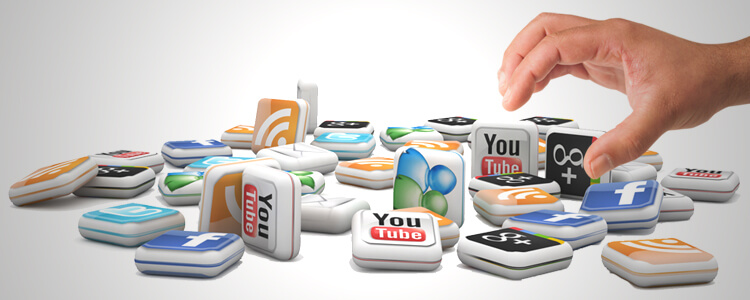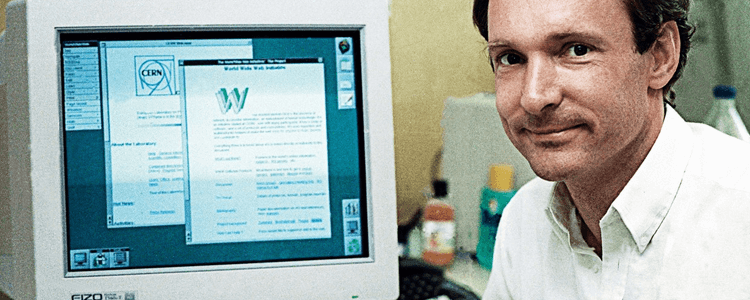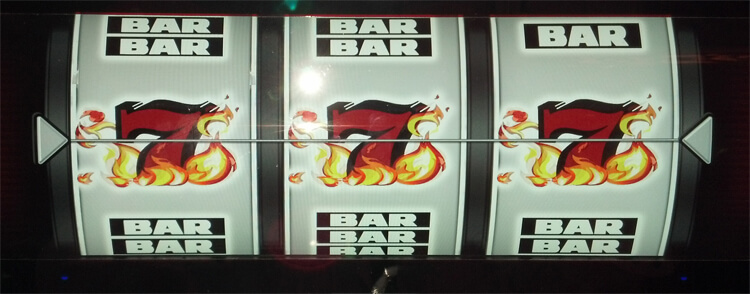Virtual communities and networks exist today off the back of Web 2.0 technology and the ideas-based renaissance that came with it.
Web 2.0 is an informal term coined in 1999 to describe the evolution of the way in which websites and web pages were used. There was no update on the web as such; the phrase caught on and became popular in 2004.
After the dot com crash, the internet experienced a ground zero period. The aftermath of the failure of the first digital economy led to websites based on interaction, collaboration and sharing.
Weblogs – The Original Social Media
Instead of users being limited to consuming information passively, they could now produce it themselves. Web blogs were arguably the first wave of social media, especially since the commenting systems on web blog entries created entire discussion communities.
These sites began to fulfill the vision of the the internet being a “collaborative medium” as originally intended by World Wide Web inventor Sir Tim Berners-Lee.
Originally, social sites were not meant for marketing, but usually, marketers will use all and any tools to gain a competitive advantage in the online commerce space.
Saturation Point and Pay to Play
Today, social media is generally quite saturated. and most social media sites eventually succumb to heavy monetisation.
The throttling of algorithms introduced by social networks themselves are often used because of the amount of content being posted. But it’s also a pretext to promote the “pay to play” systems for circumventing the algorithms and buying your way to the top.
The problem with paying for social ads is that they do not always give the return on investment. Getting lots of Likes or Retweets may feel good but I know for a fact many people do not measure the return not target their audience effectively. I know one client who didn’t even have Google Analytics installed on their site. I mean, come on!
Spammy & Derivative
Personally I consider 95% of social media marketing spammy and derivative, yet there are still ways to score huge victories with these sites if done right.
Most people misunderstand social, treating Facebook, Twitter and other sites like a classified newspaper ad. It’s like going to a business networking event to just get rid of your business cards.
That doesn’t work and its equivalent doesn’t work online either.
Getting to know people and giving them something they have a stake in is the way to do it. A conversation. A group.
Someone on my favourite website discussion forum made me laugh. They said SPAM probably should stand for Sending People Annoying Messages.
Social Burn Out
A serious problem for marketers today is the notion of social burn out. With so many networks available (and more being launched all the time) it’s tempting to try and use them all out of the fear of missing out on sales, connections and website traffic.
Spreading oneself too thin for just for the sake of being online and “part of the conversation” is a big mistake. You might set up a social media presence everywhere but can you be effective everywhere?
Don’t let social websites destroy your real offline social relationships. There’s no substitute for meeting people. Anything less means you’re hiding.
“A fixation with connecting with ‘friends’ online comes with the risk of disconnection with friends waiting for you to be present in the offline world.”
― Craig Hodges
Posts About Social Media
🏚️ A Story of Seductive Social Media Success and Neglected Email Strategy
😭 The Classic Social Media Trend Destined to Ruin Your Business
👺 Dealing with Negative Comments on Your Paid Social Media Posts
💬 17 Anally Retentive Twitter Tips for Hosting a Successful Tweet Chat
🚦 Twitter Tweet Chats: The Good, The Bad & The Spammy
🔬 How To Find Social Website RSS Feeds
🤜🏼 How to Beat Anti-Social Media Marketing
🌀 Is Social Media a Sinking Ship?
🎙️ Small Business Free Podcasting for Beginners
🎢 Twitter Mood Predicts Market Trends?
🫵 Facebook Are In Business to Make Money, Not Friends
Create a Twitter Automatic Voucher Code System (Probably out of date by now!)
🍎 Local Business Content Marketing Ideas
Google Plus Brand Page Backlink Tips (Probably out of date by now!)
The Power of Google Plus for Local Businesses (Out of date as this has become Google Business Profile)
🛤️ The Long Term View on Digital Marketing
🔗 Link Bait Specific CommentLuv Blog Posts to Market Your Website
📍 Create Community Websites to Promote Your Biz




I like it. It is very helpful information for business marketing regarding social media.
Very nice useful post. I would love to visit your website again.
Wise words are mentioned here in detail about social media! I have pleased to read the entirety of the post as mentioned above in detail. I am going to share the post on my social media pages to see my friends and followers. Please keep posting things like this.
You highlighted important points to consider.